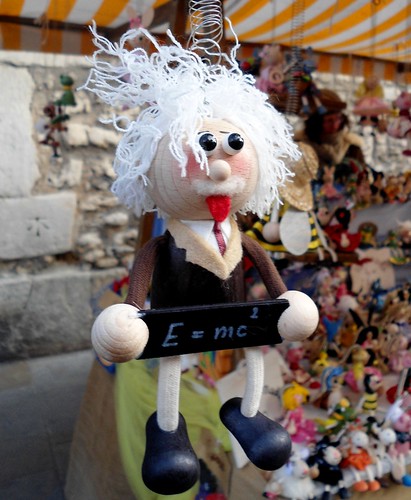Each time I’m taking the Eurostar to continental Europe I am left wondering, why is a single passport check ok to travel out, but two or three are done on the way back?
Coming back from Germany via Brussels last Sunday (on the Eurostar departing Brussels at 19:52) we had our passports checked three times (by Belgian and UK authorities in Brussels, and then by UK people again in St. Pancras). The ticket was also checked three times, by the machine at checkin, by the UK passport control in Brussels and by a train manager on the train.
I don’t really see the need for any passport controls within the EU. If I can fly from Madrid to Helsinki or Athens under the Schengen agreement without border control, what’s so special about the UK and Ireland that they can’t join? I’m really not buying the argument that these countries are so attractive they need extra protection.
Then, if you do need passport controls, why not do them once in the right place, and be done with it? If I’m a legal traveller on the first contol, I’ll surely still be legal on the third one. To me, the third passport control on the same leg of the journey really is where security measures end and harassment begins. It didn’t improve my mood that a steward, as I was stepping up to the counter with my son who has autism and needs constant supervision and assistance, shouted at us “one at a time”. If he had actually looked at us before, he could have figured out why we went ahead together.
My personal gripes apart, surely, it can’t be good for the UK economy if people who may be travelling to London on business get harassed this way?
New art work suspended from the roof of St. Pancras station.

























